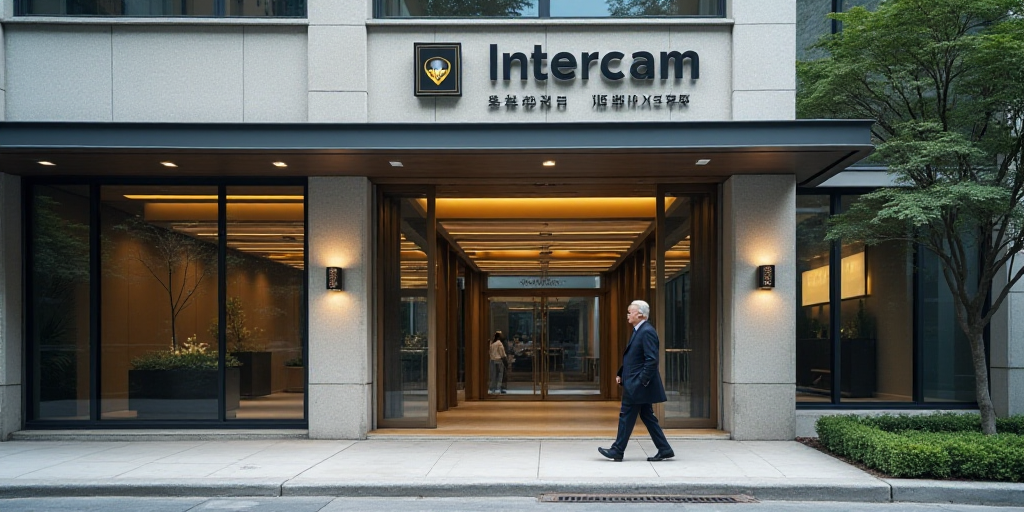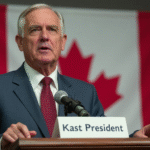Introduction
The Mexican financial markets have displayed a relatively calm and orderly behavior, even in the face of recent announcements regarding US trade policy and potential sanctions affecting national financial institutions. This assessment comes from the Consejo de Estabilidad del Sistema Financiero (CESF) following its ordinary meeting on September 30.
Background: US Sanctions Against Mexican Financial Institutions
In late June, the US Department of the Treasury accused three Mexican financial institutions—CIBanco, Intercam, and Vector Casa de Bolsa—of allegedly enabling money laundering operations. As a result, these institutions faced sanctions starting October 20, which would restrict certain fund transfers to the US. Despite these accusations, all three entities have sold off most of their businesses in the past three months.
Market Performance
The CESF highlighted that, amidst these developments, the Mexican peso has appreciated slightly more than 4% against the US dollar since their last meeting. Furthermore, government bond interest rates have decreased across all maturities, while major stock market indices have increased by approximately 11% during the same period.
Economic Challenges
The CESF acknowledged that available information suggests the Mexican economy may have eased during the third quarter of 2021. However, the global environment remains complex and uncertain, posing downside risks moving forward.
Despite these challenges, the CESF noted that Mexico’s sovereign credit rating remains at the investment grade level, with recent reaffirmations from major international agencies. These agencies recognize certain short-term obstacles for the Mexican economy, particularly in areas related to public finances and the US-Mexico bilateral relationship.
Resilient Financial System
The CESF emphasized that, under the current circumstances, the Mexican financial system maintains a solid and resilient position. This enables it to absorb shocks and maintain proper functioning, even in the face of adverse situations like those experienced in recent months.
“This is primarily due to commercial banks having capital and liquidity levels that comfortably meet regulatory minimum requirements,” the CESF stated.
Moreover, there are no significant concentrations of funding for multiple-bank institutions with non-bank financial intermediaries, so a payment default by any entity in this sector would not be considered a risk to the overall financial system.
Key Questions and Answers
- Q: How have Mexican markets reacted to potential US sanctions? Mexican financial markets have shown resilience, with the peso appreciating against the US dollar and bond interest rates decreasing while stock indices have increased.
- Q: What challenges does the Mexican economy currently face? The Mexican economy may have eased during Q3 2021, but it faces uncertainties due to a complex global environment and short-term obstacles related to public finances and the US-Mexico bilateral relationship.
- Q: How is the resilience of the Mexican financial system? The Mexican financial system is solid and resilient, with commercial banks having ample capital and liquidity to meet regulatory requirements. There are no significant concentrations of funding for multiple-bank institutions with non-bank financial intermediaries, reducing overall systemic risk.






